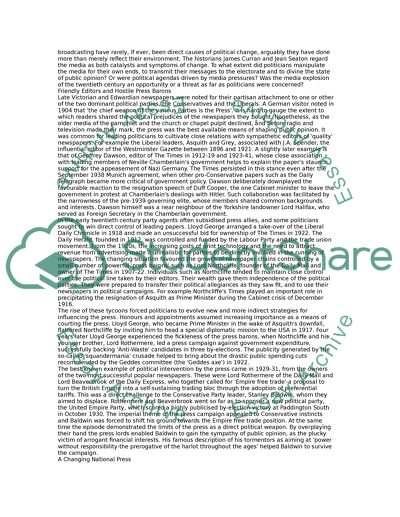Cite this document
(“War and The Role of Photography and the Media Essay”, n.d.)
Retrieved from https://studentshare.org/politics/1522511-war-and-the-role-of-photography-and-the-media
Retrieved from https://studentshare.org/politics/1522511-war-and-the-role-of-photography-and-the-media
(War and The Role of Photography and the Media Essay)
https://studentshare.org/politics/1522511-war-and-the-role-of-photography-and-the-media.
https://studentshare.org/politics/1522511-war-and-the-role-of-photography-and-the-media.
“War and The Role of Photography and the Media Essay”, n.d. https://studentshare.org/politics/1522511-war-and-the-role-of-photography-and-the-media.


